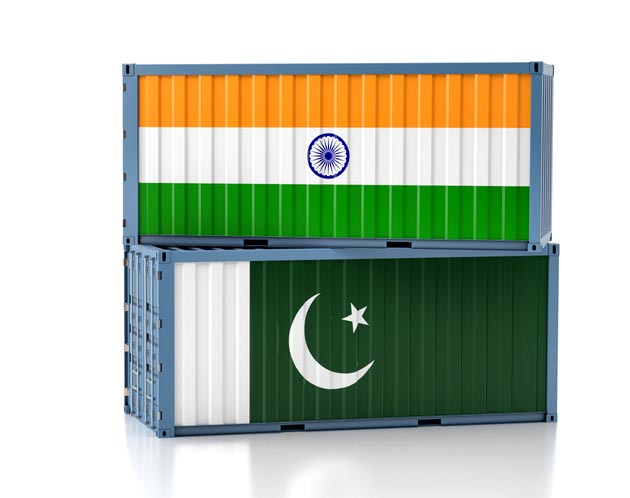Trade with India is in our best interest. As Profit has time and time reiterated in its editorials, “there is absolutely no scenario in which Pakistan becomes a developed country, or even a middle-income country without a significant opening of trade ties with India. It is simply impossible.”
Trade ties between the two countries have been a sore spot over the decades. Any time there is a flare up in tensions or a development on the Kashmir issue, the first response is to suspend trade ties with India. The only problem is that Pakistan and India are natural trade partners. We understand that the politics of doing business with India has become more difficult in recent years, but to ignore the potential of trade with India while obsessing over dwindling exports is an exercise in lunacy.
That trade ties are the most natural thing in the world between India and Pakistan is proven by the complex networks that run through different parts of the world that make sure Pakistani products make it to India and Indian products make it to Pakistan. Back in December last year, Profit did a story on how Pakistani lawn has a massive market in India and how designer suits as well as knock-offs from Pakistan make their way to India through the Indian expat community in the gulf and Europe.
And much like there is demand for Pakistani products in India and thus ways to get it there, Pakistan also faces the reality of Indian products being high in demand and it being smuggled into Pakistan one way or the other. We look at smuggled goods coming to Pakistan from India through the eyes of the people that sell them. The content in this publication is expensive to produce. But unlike other journalistic outfits, business publications have to cover the very organizations that directly give them advertisements. Hence, this large source of revenue, which is the lifeblood of other media houses, is severely compromised on account of Profit’s no-compromise policy when it comes to our reporting. No wonder, Profit has lost multiple ad deals, worth tens of millions of rupees, due to stories that held big businesses to account. Hence, for our work to continue unfettered, it must be supported by discerning readers who know the value of quality business journalism, not just for the economy but for the society as a whole.To read the full article, subscribe and support independent business journalism in Pakistan

























thanks for sharing this info.